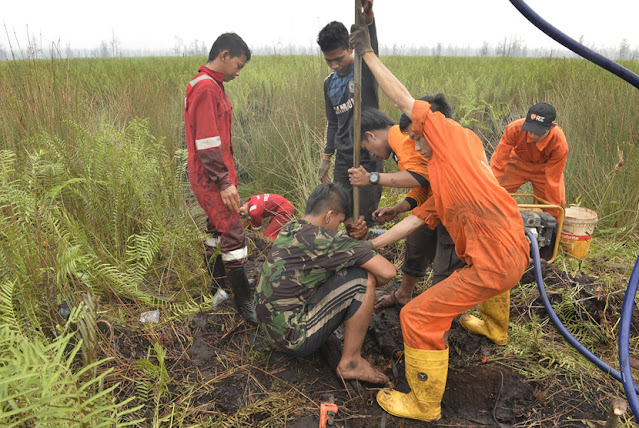Chagas Disease Treatment Includes The Use Drugs That Can Lead To Resistance And Cause Significant Side Effects
 |
| Chagas Disease Treatment |
Chagas disease is caused by an
infection with Trypanosoma cruzi, spread through the feces of blood-feeding
triatomine bugs. The parasite can be transmitted when the bug bites an infected
animal and then licks its bitten skin or mucous membrane. It can also be
transmitted from mother to child during pregnancy and delivery or from person
to person via blood transfusions or organ donations.
The infection is tricky to diagnose,
since early symptoms like swelling at the bite site or flu-like illness fade
within weeks or months. For those patients Chagas Disease Treatment with
acute Chagas, the parasite can enter into a lytic phase that lasts for a few
weeks or months and causes a variety of health problems including edema,
lymphadenopathy, hepatosplenomegaly, and changes on an electrocardiogram (ECG).
In the heart, tachycardiomyopathy develops. Rarely, an infected individual can
develop myocarditis and pericardial effusion.
The Global Chagas Treatment Disease Market Was Valued At US$ 5.67 Mn In 2016 And Is
Expected To Witness A CAGR Of 7.3% Over The Forecast Period (2017–2025).
Symptoms range from mild to severe and
can involve the heart, digestive tract, or nervous system. The disease can also
cause a dilated esophagus or a dilated colon. It can be difficult to diagnose,
especially in adults as the symptoms appear after many years of infection.
Symptoms also mimic those of other conditions, including heart disease and
psychiatric disorders. The most common symptoms are sleep disturbances and a
dilated colon. The disease can lead to serious complications, such as pulmonary
or cardiac dysfunction, or death.
The kissing bug, or triatomine bug,
transmits the parasite to humans and other mammals by taking a blood meal from
an infected host while it is asleep and defecating near the bite wound. When
the infected host scratches the bite wound, it contaminates itself with
Trypomastigotes from the bug’s feces and ingests them. The bug then lays its
eggs in the wound and the eggs hatch into progeny Trypanosoma amastigotes. The
amastigotes enter the bloodstream and spread to other organs, where they can
infect other cells and cause more symptoms.
Chagas disease can be prevented by
sleeping under insect nets, using insect spray to prevent tick and flea bites,
and practicing food safety when traveling to countries where the infection is
endemic. The disease can also be prevented by screening blood donors for the
parasite, and by avoiding blood transfusions and donated organs.



Comments
Post a Comment